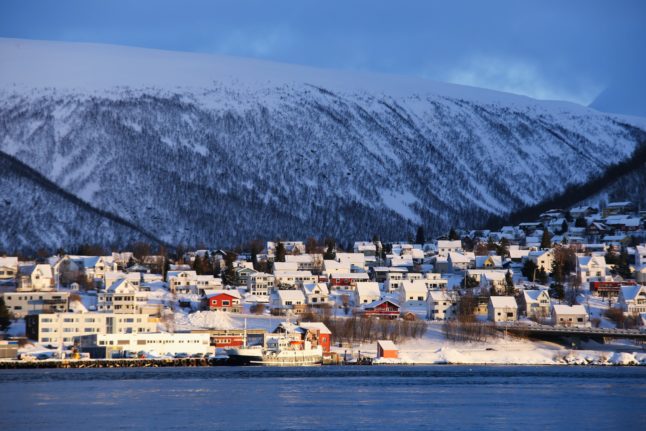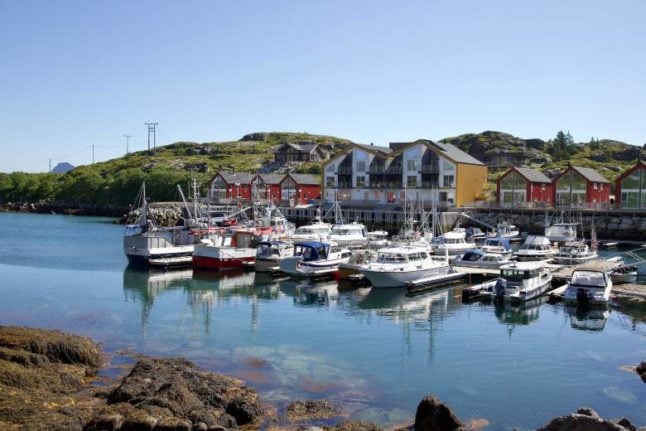Measures to attract people to live and work in northern parts of Norway have largely failed, according to a new report.
Lower student loans, income and employer taxes and cheaper energy have all failed to attract enough people and businesses to the region, the report commissioned by Vista Analyse and commissioned by the Ministry of Local Government and Districts found.
In 1990, measures were introduced in Finnmark and seven municipalities in north Troms to combat high unemployment and lower living standards triggered by a fishing industry crisis.
Despite the aim of the measures being to attract people to these areas, the population in the region where they were introduced has actually shrunk over the past 30 years. In 1990, 94,000 people lived in the area. Since then, the population has declined by around 1,200.
“In real money (terms), the incentives have become less important to people. Over time, the measures have also lost interest in the news. They are ‘just there’ and are not very motivating,” Håkon Vennemo from Vista Analyse told public broadcaster NRK.
Local Government and District Minister Sigbjørn Gjelsvik also acknowledged that the measures no longer had the desired effect.
“The feedback I get from North-Troms and Finnmark is that the measures are appreciated but that there is a desire for them to be reinforced and more targeted,” Gjelsvik told NRK.
The report recommended introducing several measures, such as increasing child support and lowering taxes on second homes in the area. It added that discontinuing the exemption from energy tax and using the money saved to improve other incentives.
Tarjei Jensen Bech, county mayor in Troms og Finnmark, said that the report’s results weren’t surprising and proposed measures such as an extra week of holiday and ensuring that residents feel the north, where large parts to the east border Russia, feel safe and secure.



 Please whitelist us to continue reading.
Please whitelist us to continue reading.
Member comments